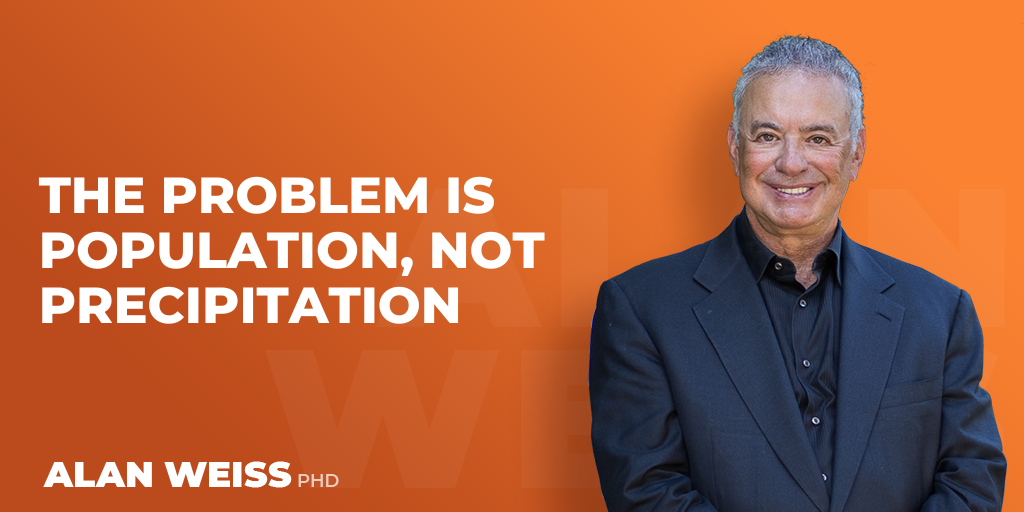
The Problem Is Population, Not Precipitation
Climate change has become de rigueur in every conversation these days. If it snows too much, or too little, or even on average, it's due to climate change. I tell people that one of my car's tires lost air and it was due to climate change, and only half of them laugh while the others grimly nod.
But there's a far more immediate issue in developed countries, and it's the fact that we're not replacing ourselves. Morbidity is outstripping fertility and labor forces are shrinking. Traditionally, countries with large labor forces developed more quickly and gained economic strength, irrespective of politics. That dynamic applied to China as well as the US, and the population declines will, as well.
In the next seven years or so, there will be more people over 65 in the US than there will be children. That is unprecedented (https://www.census.gov/content/dam/Census/library/publications/2020/demo/p25-1144.pdf).
What this means is that we have three primary options to offset population decline and concomitant economic decline: 1) Embracing people over 65 to continue contributing to the work force and no longer “discarding” them. Why should airline pilots at 65, who have seen a variety of emergencies and conditions, suddenly be unqualified to continue flying? 2) An intelligent integration of artificial intelligence (perhaps something of a paradox) to effectively replace both white collar and blue collar workers where appropriate. 3) An intelligent immigration policy (which does sound like an oxymoron) to use the contribution of immigrants, which the US has long done in its growth.
Without these responses to population decline we're going to face serious reductions in the quality of life and economic growth, no matter what the climate is or how much it's snowing in Duluth.
We need to start looking at the truth under our feet and stop staring at the sky.


